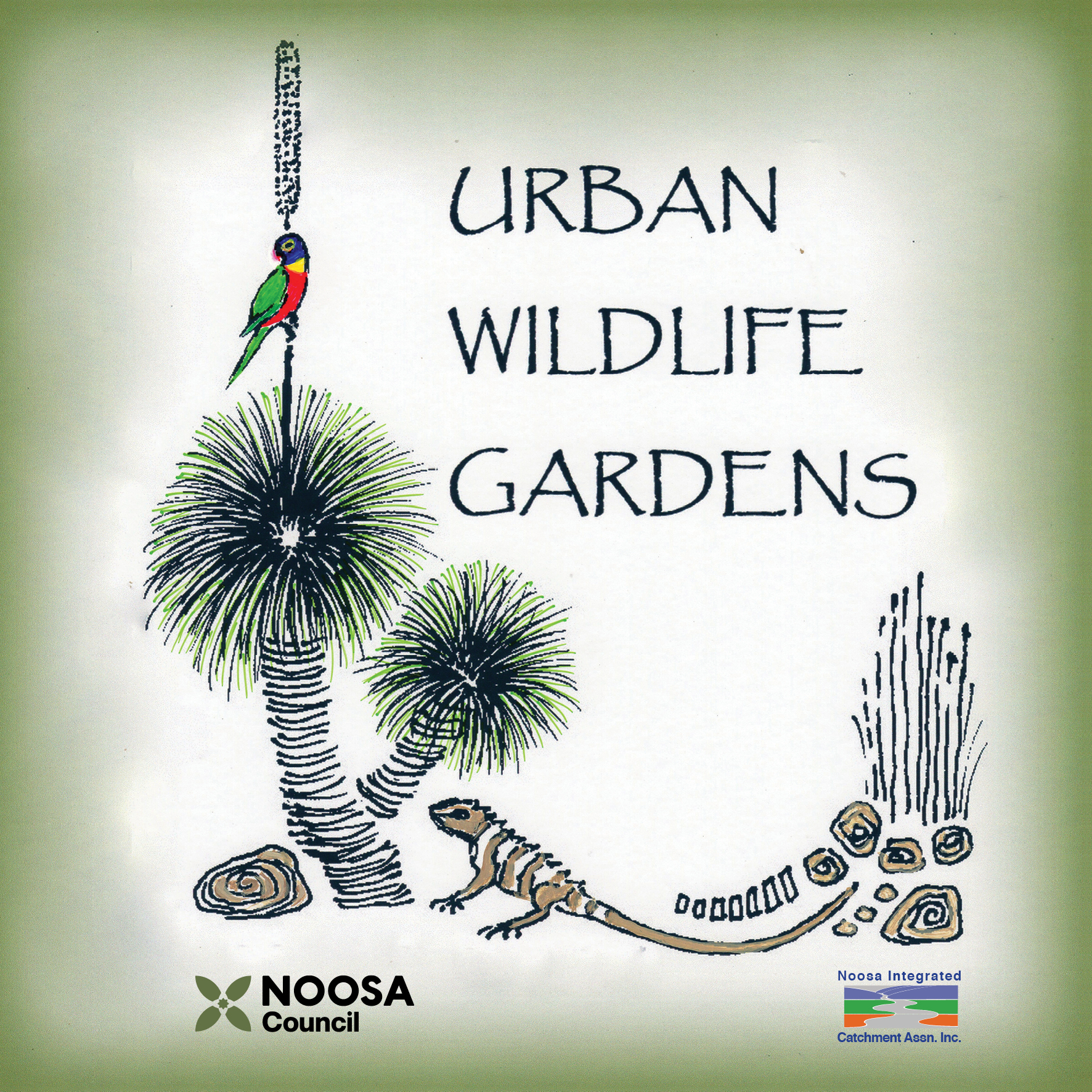Many of you may have seen the recent story on ABC Gardening about the natural reconstruction of Norman Creek at Stones Corner in Brisbane. See https://www.abc.net.au/gardening/how-to/dream-drain/102363344 . The former concrete channel has been reimagined as a natural creek. From a technical perspective it’s a very good example of “Natural Channel Design” or “Water Sensitive Urban Design”. It’s definitely worth a visit if you are down in Brisbane. The traditional engineering response is to pipe storm water away as efficiently as possible, but that leads to many problems downstream including flash flooding, pollution from excess nutrients and destruction of habitat. More enlightened engineering approaches are seeing naturalised systems being constructed to help slow damaging water flows, replenish subsoil surface moisture, provide treatment chains for absorbing nutrients and create valuable habitat for riparian wildlife.
A Dream Drain can often be recreated in your own backyard, and are often called Rain Gardens. If you have an exposed drain or swale that takes water flow, rather than piping it away underground you can:
- Place rocks and boulders along the drainage line to slow the water down to mimic a natural creek.
- Dig hollows and sinks to allow water penetration to the sub surface.
- Plant grasses, reeds, sedges and other plants that love moisture to help absorb any nutrients.
The plants and rocks also provide wonderful habitat niches for lots of wildlife.
Rain Gardens can be beautiful and, as they naturally receive more moisture, can help sustain planting. Of course any intensive garden will require weeding and maintenance. Also be careful not to create any ponds that may be hazardous or create breeding grounds for mosquitoes and other pests. Seek professional advice if required.
Image: Raingarden Planting. Images courtesy of Sunshine Coast Council

